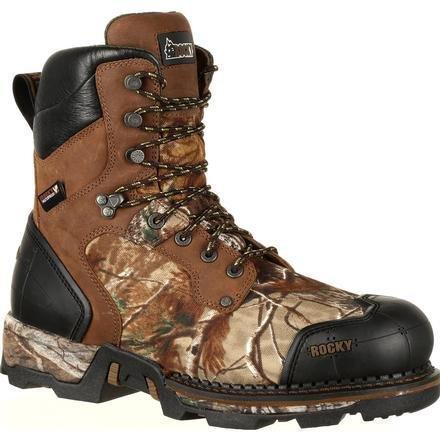Do You Believe in the Lull?
My big plans for a velvet white-tailed buck fell through again. I had some nice bucks on camera but uncooperative weather -- ill winds mostly -- permitted limited stand time. My best stand was also being haunted by a cougar (a young calf was killed nearby), and that didn't help either. It's been a strange fall; half the West is seemingly on fire, and hot weather and scary-dry conditions are making even elk hunting unappealing (though there have been some close calls). I checked cameras a few days ago. Every single buck is now hard horned, and edging toward nocturnal schedules.
So begin the toughest days in whitetail hunting. Velvet bucks remain relatively predictable, running in bachelor groups, keeping gentlemanly hours, sticking close to food (or water). The minute they strip velvet everything changes completely. Bucks generally turn nocturnal, split up and seek thicker cover where they lay low until the rut.
It's often referred to as the October Lull, but it really starts in mid-September in most areas (the October designation is due to the fact many Eastern archery seasons don't open until then). Daylight buck movement remains minimal.
Rocky Hunt Maxx 800G Insulated Boot in Realtree Xtra
But obviously, whitetails can be bow-killed during this time, as witnessed by scads of early season bucks arrowed annually. Food (or water) remain the hot ticket, but plan on getting into your stand an hour before daylight to be on hand for the dimmest shooting hours, staying until the last second of shooting hours in the evenings. This is especially true in regions where baiting is legal, or when conditions are such that food is scarce, like the situation I discovered in Oklahoma the first week of season last year. Persistent drought and corn feeders supplemented by protein feed meant 12 bowhunters tagged eight 3 1/2- and 4 1/2-year-old bucks that week, but admittedly this was exceptional luck.
Post-velvet early seasons can leave you jumping from one foot to the other, while daytime movement might be rare, the trail-camera junkie discovers bucks continue to appear on cameras just often enough -- normally when you're somewhere else -- to inspire hope. My two biggest Idaho bucks to appear on camera last season showed while I was in Oklahoma, naturally, before disappearing for good.
I guess the message here is trophy bucks can still be tagged right now; it's just a matter of how unpleasant or enjoyable sitting in treestands is for you. If sitting for hours with few deer sightings dosen't bother you, by all means put in your time early. The bucks are still out there. They still must eat. You just never know. You might win the treestand lottery game and pick the right stand on the right morning or evening.
Me? I can assure you, in the next couple of weeks, if I'm not chasing elk (or I'm lucky enough to punch my elk tag), I'll be spending every spare moment on stand, hoping for early whitetail success.
Are you a deer hunter thirsty for knowledge? Check out our stories, videos and hard-hitting how-to's on deer hunting.









